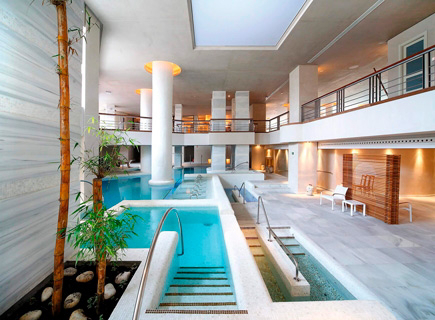The age of discovery comes to life in the Dominican Republic
In 1492, the world changed. It’s when an Italian explorer named Christopher Columbus reached the so-called “New World,” kicking off the Age of Discovery.
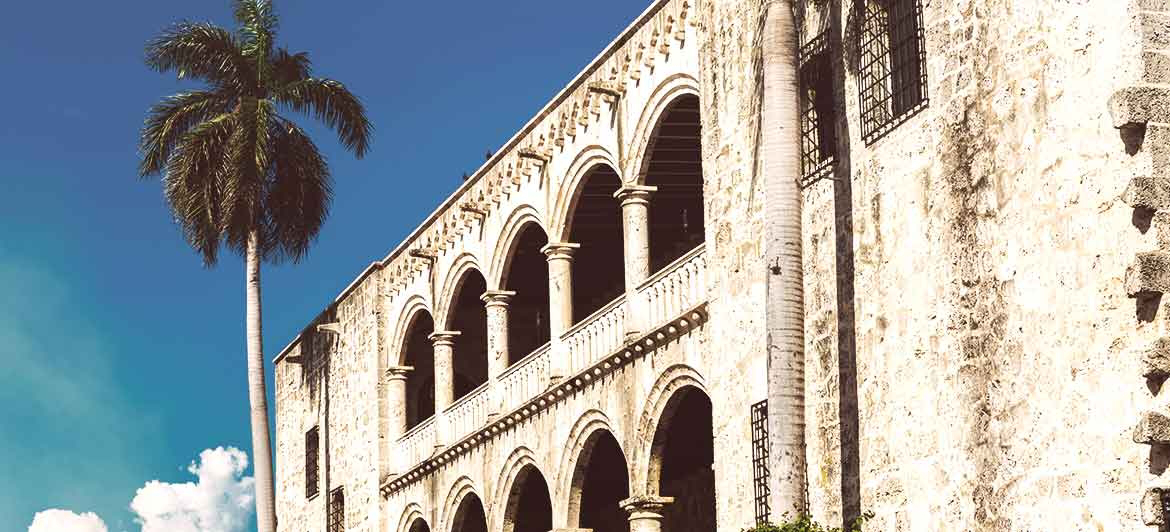
In 1492, the world changed. It’s when an Italian explorer named Christopher Columbus reached the so-called “New World,” kicking off the Age of Discovery. In the years that followed, the Dominican Republic (which Columbus dubbed Hispaniola) became the center of the colonial world – and today, you can travel back in time to this amazing era in the Bávaro area, also home to the all-inclusive Barceló Bávaro Grand Resort, comprised of the Barceló Bávaro Beach - Adults Only and Barceló Bávaro Palace.
Discovery Beginnings: Concepción de la Vega La Isabela
As with anything new, Columbus’ New World ventures weren’t easy to get running at first. He initially built a small fort near what is today the town of La Vega, and a small Spanish settlement built up around it. Excavations in the area have revealed some fascinating ruins here, including the original fortress, an aqueduct water system and a monastery. Another early settlement, La Isabela, was less successful. Built in 1493 and named for the Spanish queen at the time, it is located on the east bank of the Bajabonico River and was meant to be the first outpost of European culture in the New World. But mutinies, food shortages and other issues caused La Isabela to be abandoned only a few years later. The next Spanish city attempted – Santo Domingo – would have more staying power.
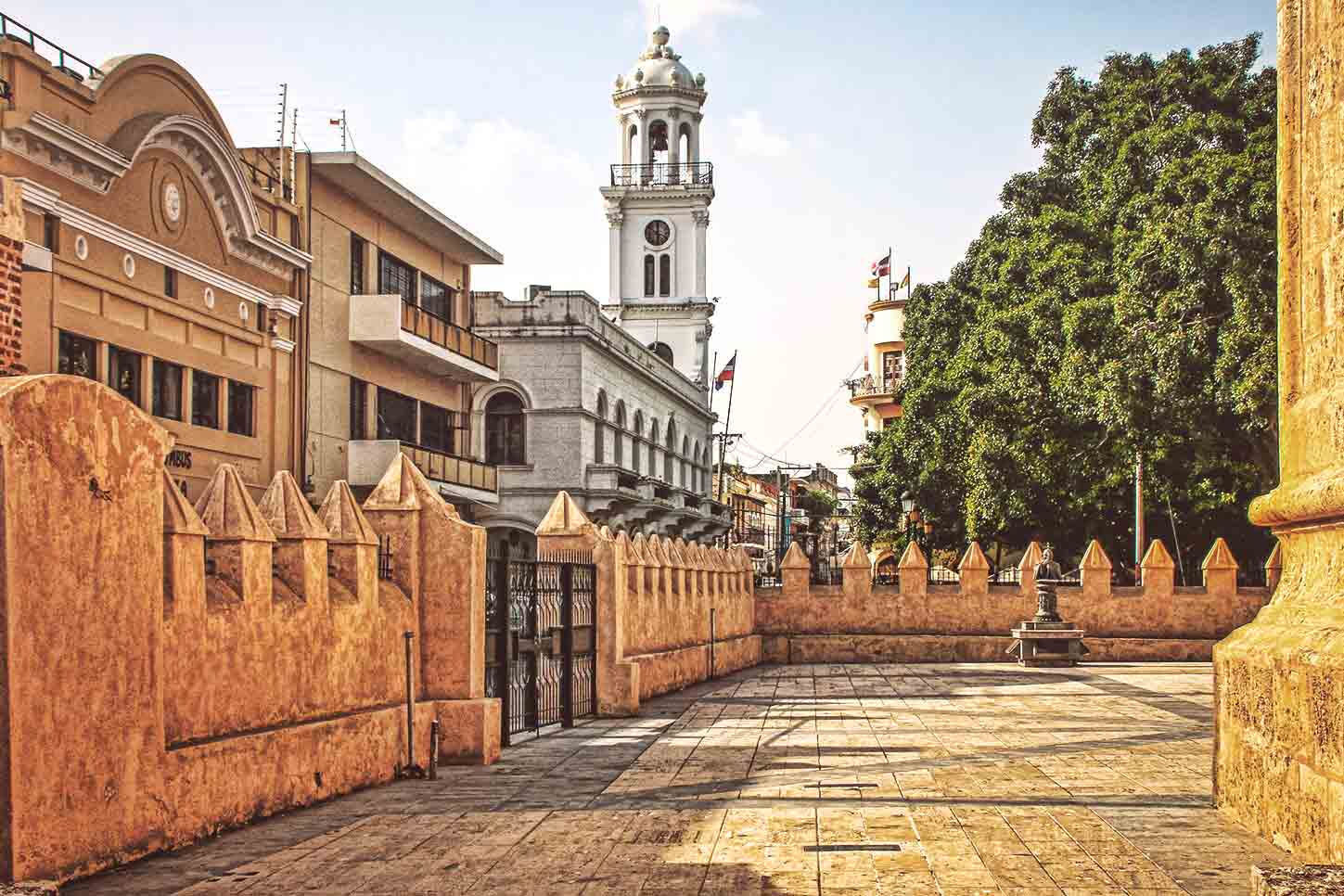
Age of Discovery Attractions in the Colonial City of Santo Domingo (Zona Colonial)
The Colonial City of Santo Domingo, a UNESCO World Heritage Site, was the first permanent establishment of the “New World.” Founded in 1498, Santo Domingo provides an incredible window into the Age of Discovery, including several must-visit historical attractions.
- Alcazar de Colon – One of one of the oldest buildings in the Americas, the Alcazar de Colon was built in the early 1500s in the gothic-renaissance style. The former residence of Christopher Columbus’ son, Diego, and his wife, Doña María de Toledo is an incredible museum, packed with exhibits of medieval and renaissance artwork, plus countless New World artifacts.
- Fortaleza Ozama – This truly formidable fortress has stood the test of time. It was built in 1502 at the entrance to Santo Domingo, and it’s served as a military outpost for a variety of nations since then. Take a guided tour and climb to the top of the Torre del Homenaje (Tower of Homage), which boasts incredible views of the city.
- Catedral Primada de America – The oldest cathedral in the Americas, Catedral Primada de America’s magnificent edifice was completed in 1540. A UNESCO World Heritage Site, it features Baroque and Gothic styles in its architecture – the details and intricacies of the design will keep your eyes busy for hours.
- Monasterio de San Francisco – The very first monastery in the New World, Monasterio de San Francisco’s construction began in 1508. Today, its evocative ruins play host to extremely fun dance parties.
- Museo de las Casas Reales – Housed in a beautifully restored Renaissance-style structure dating back to the early 1500s, Museo de las Casas Reales is a crucial visit for history buffs visiting the Dominican Republic. The museum’s amazing collection includes an array of colonial era artifacts (including sunken treasure from Spanish galleons), not to mention pre-Colombian items.
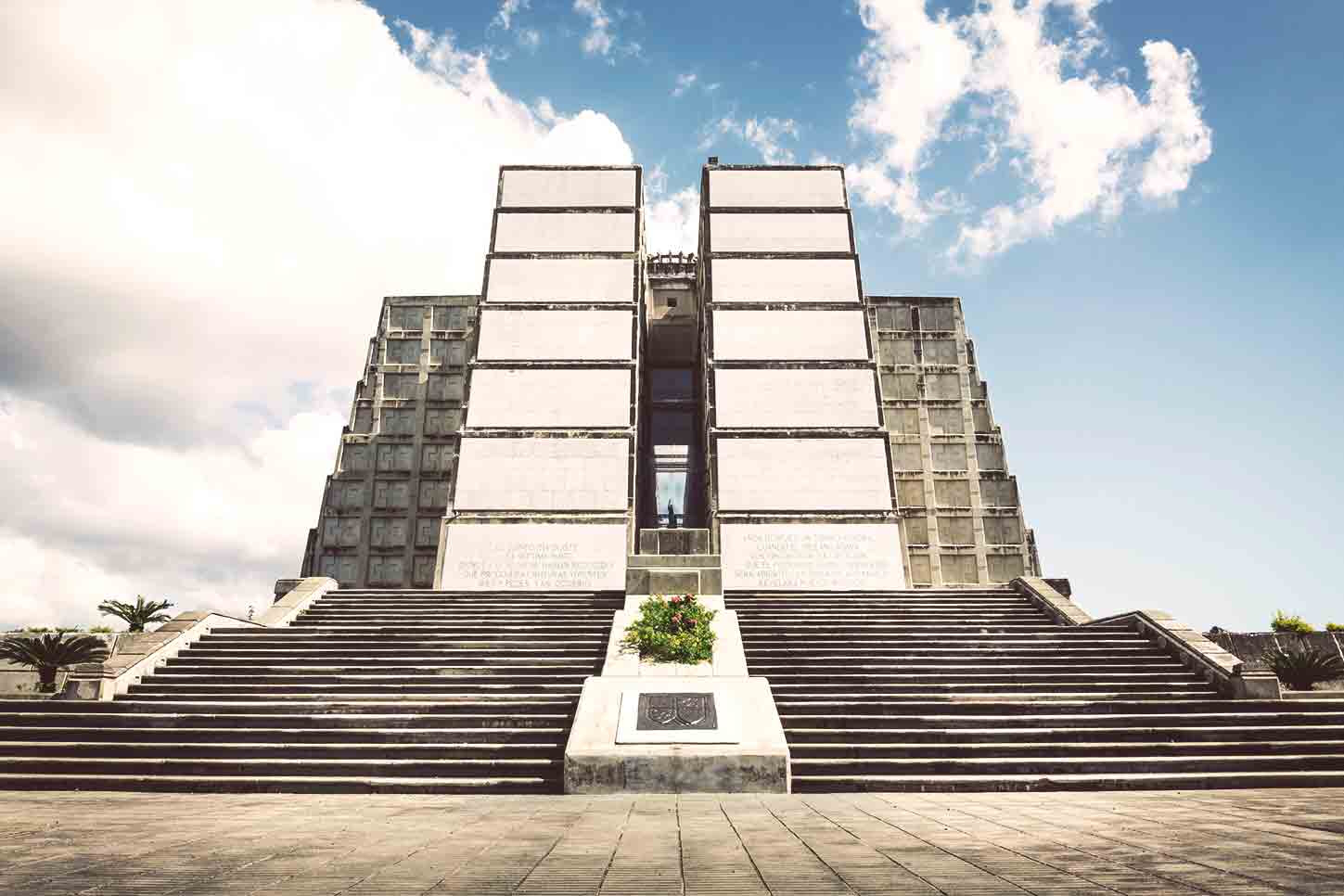
The Columbus Lighthouse (Faro a Colón)
Constructed in 1992 to commemorate the 500th anniversary of Columbus’ arrival in the New World, the Faro a Colón is a massive and magnificent lighthouse, museum – and just maybe, the final resting place of Christopher Columbus himself (the mystery remains unsolved, even after DNA testing). Located in east Santo Domingo, Faro a Colón is a great attraction nonetheless, with exhibits and artifacts that illustrate the epic tale of the Age of Discovery.
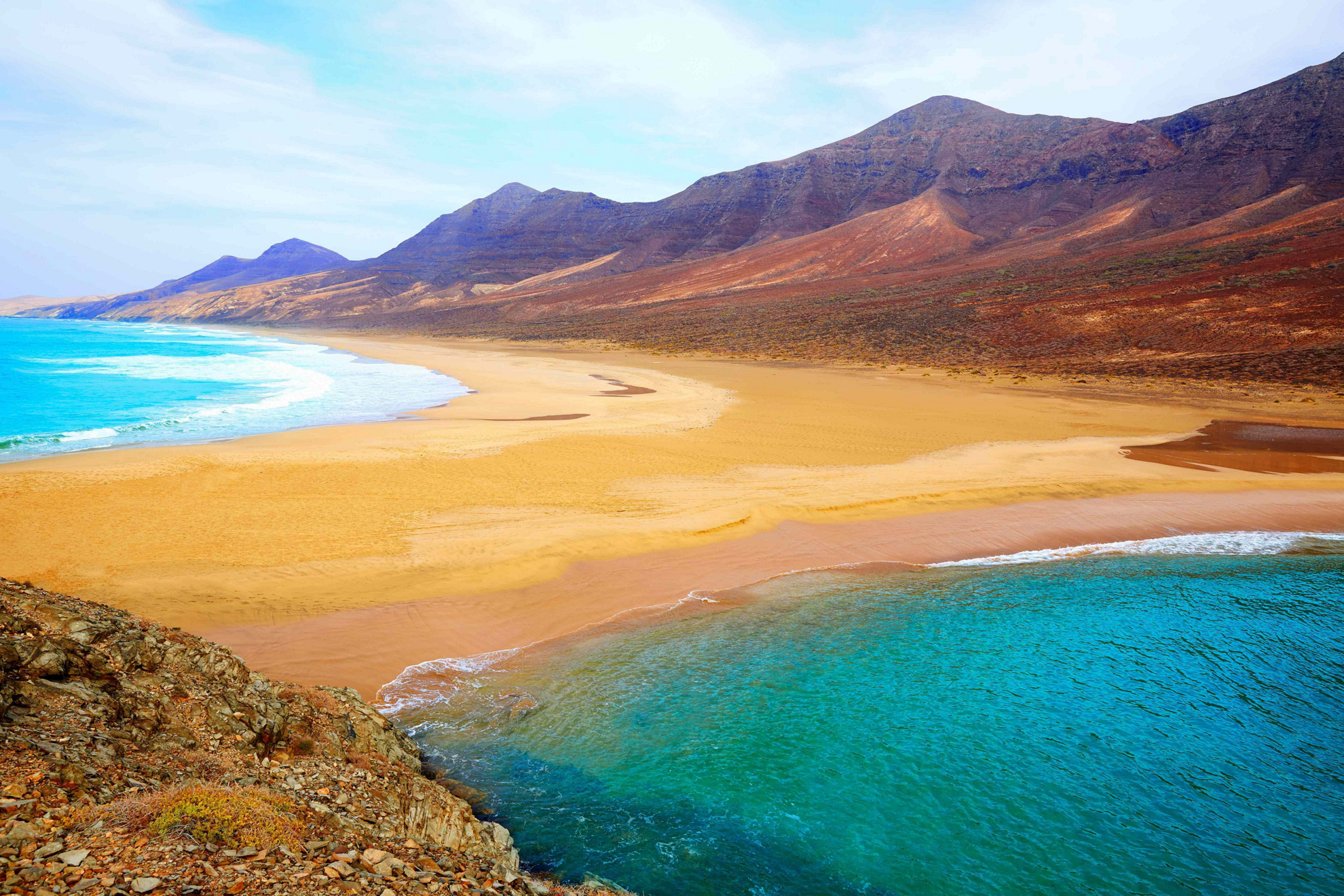

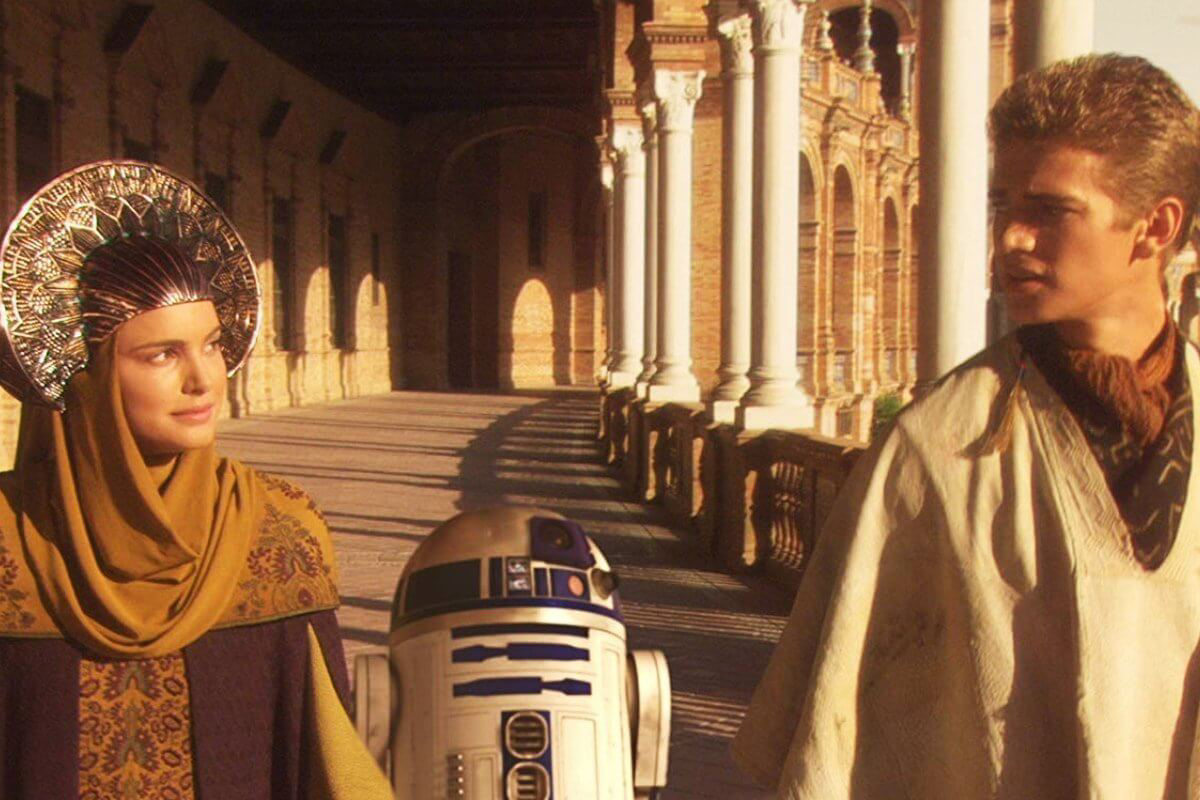

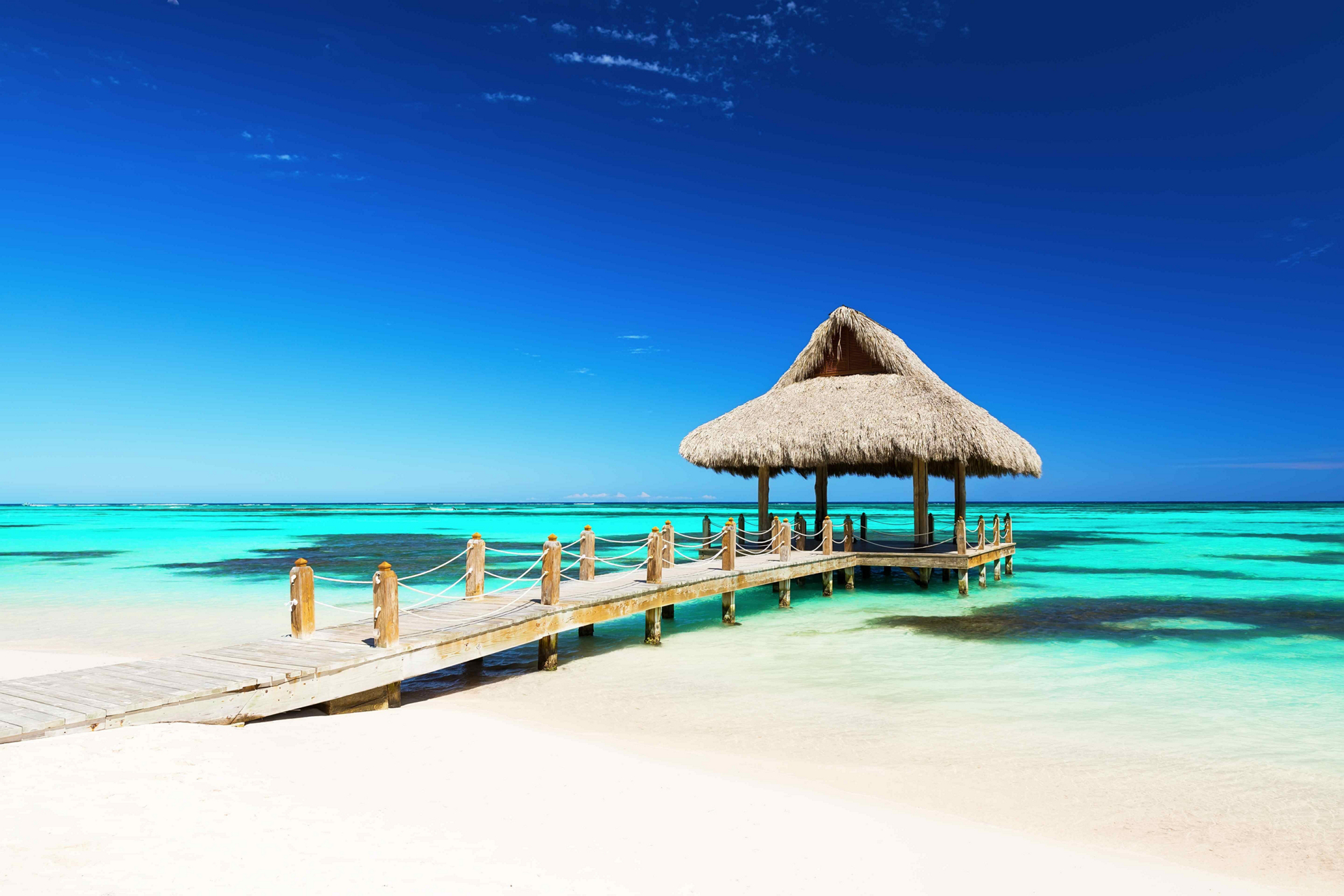
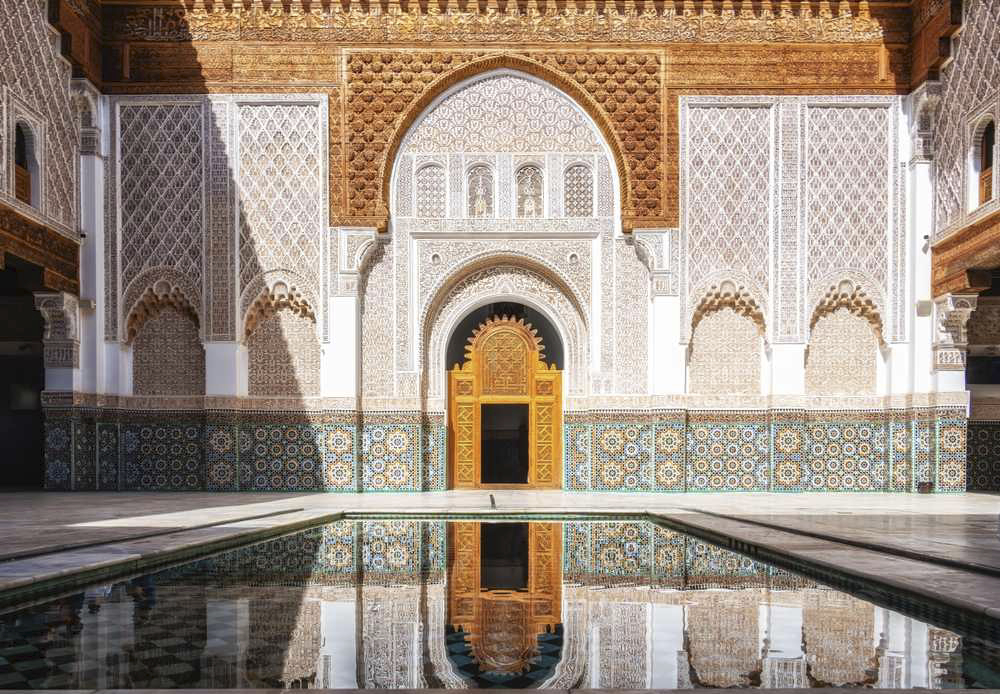
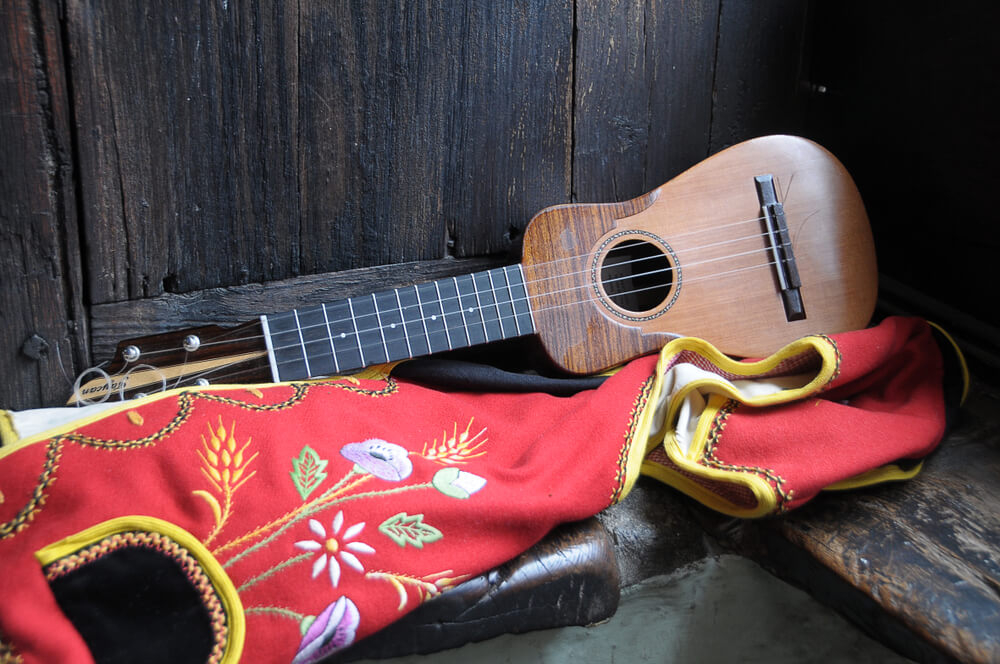

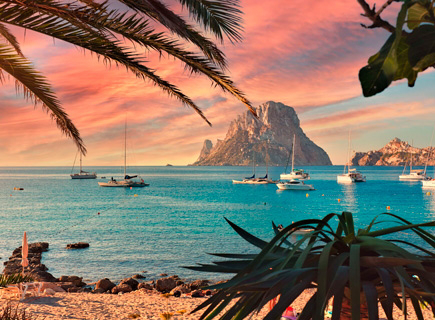
_435x320?&)
